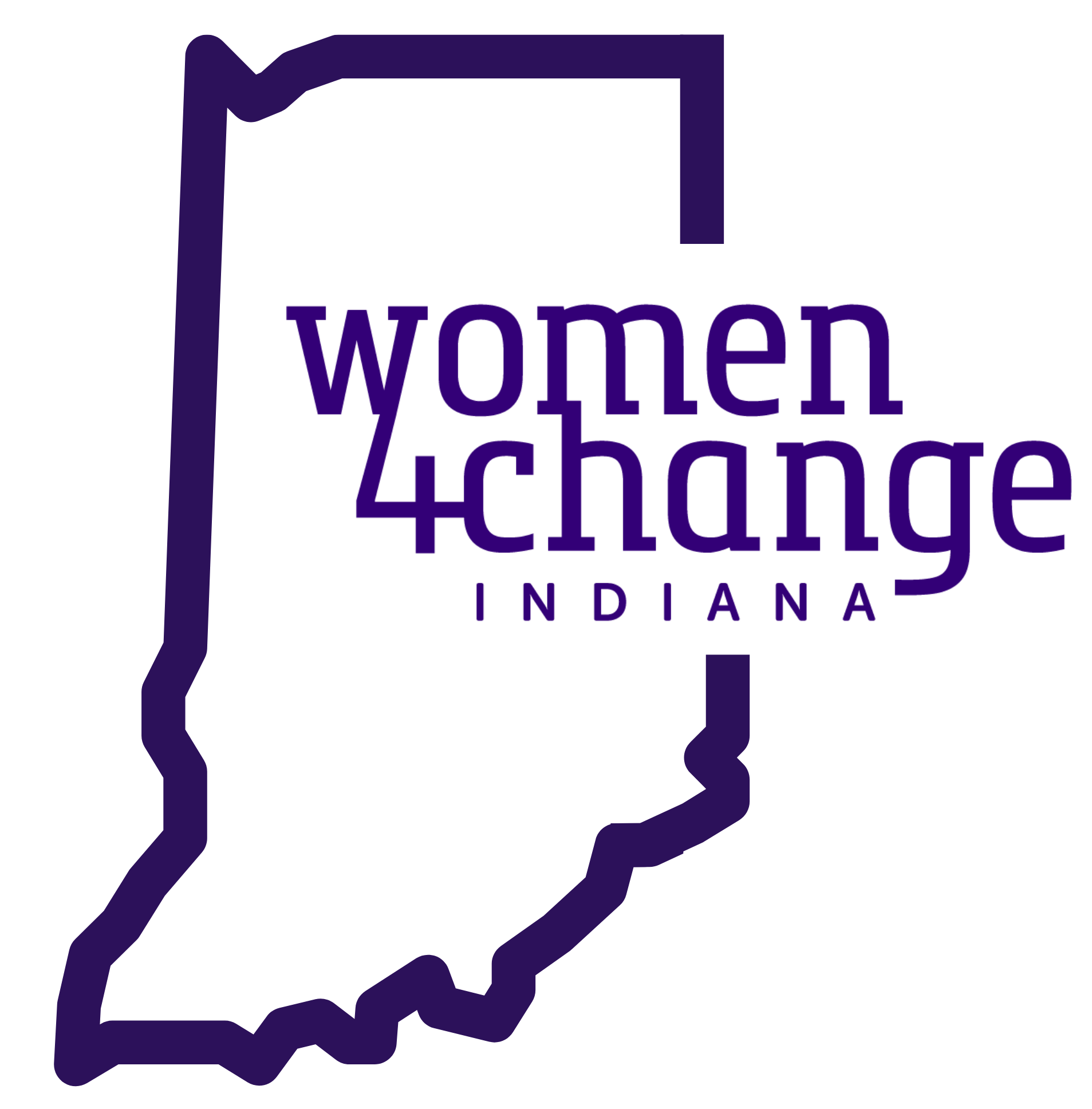One party holds highly disproportionate supermajorities in Indiana’s General Assembly and congressional delegation.
Women4Change Indiana commissioned a national expert on gerrymandering, Dr. Christopher Warshaw, to find out why.
Dr. Christopher Warshaw is a tenured associate professor of political science at George Washington University. He has a Ph.D. in Political Science and a J.D. from Stanford University. He testified as an expert for voters in challenges to partisan gerrymanders in Pennsylvania and Michigan.
Dr. Warshaw analyzed Indiana’s 2011 legislative and Congressional maps based on 50 years of state and national data and on several accepted metrics for fairness.
Why Redistricting and Fair Maps Matter
District lines and their locations dictate which representatives you get to vote for. Changing these lines means changing relevant voters, voter identity, and voter allegiance. Politicians have been using redistricting to draw maps and districts to benefit themselves, not the people. Representatives are not representing their constitutes fairly.
Developing fair maps within the state of Indiana and across the United States creates fair representation. Indiana’s General Assembly and Legislative Maps are now more biased toward one party than 95% of maps enacted in other states, over the past 50 years.
The Efficiency Gap
The efficiency gap is a standard for measuring partisan redistricting. It tells us the difference in how efficiently each party can convert its votes into legislative seats under a particular map.
Today Indiana has a larger Republican leaning efficiency gap than 95% of other states.
Dr. Warshaw’s Research compared Indiana’s efficiency gap with trends throughout the country.






Your Representatives Don’t Represent You.
Legislators sometimes like to use the terms "packing" and "cracking" when determining how to draw district lines. "Cracking" is when the advantage party wins a district by a slim majority, versus "packing" a district, which would have the disadvantaged party win with a larger margin. This is important because it allows the advantaged party to win more control, by having more districts in their corner, allowing them to have more power over policies with less votes overall from the public.
Though there might be more voters for the disadvantaged party, if they are all concentrated in a single district and "cracked" in other districts, the representation in legislation could be skewed. Call for your local legislators to draw fair maps, not ones that will benefit one party over the other without the abundance of votes needed. District lines matter.
This is happening in Indiana. No matter how Hoosiers might align with a political party, our maps are currently drawn to only support one party.






















